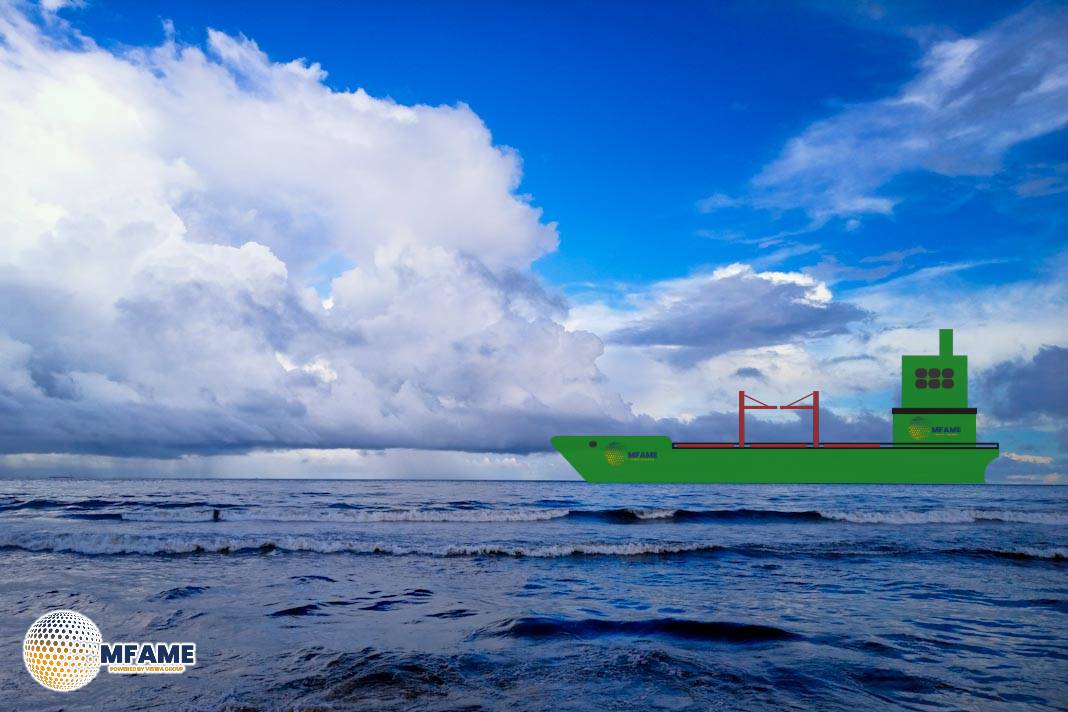The Capesize dry bulk shipping market concluded the week on a firmer note, demonstrating a notable recovery after a somewhat shaky start. Initial pressure on rates was driven by uncertainty surrounding the mining sector in Guinea, following an announcement of revoked mining licenses. However, the market quickly regained its composure, pushing past this initial disruption, reports Baltic Exchange.
Capesize
In the dry bulk market, specifically concerning Capesize vessels, regional disparities in performance were observed.
The South Atlantic gained momentum midweek, with mid-June laycans (the period when a vessel is expected to be ready to load cargo) repeatedly securing fixtures in the mid-to-high $18s (per metric ton). This positive trend was supported by fresh cargo flow originating from a major miner.
Conversely, the North Atlantic market lagged. It was dampened by weaker fronthaul sentiment (forward-haul voyages where the ship carries cargo from its origin to a destination and then proceeds to another loading port) and a subdued transatlantic market. Despite initial weakness, the BCI 5TC (Baltic Capesize Index, a benchmark for Capesize rates) average experienced a modest recovery, rebounding slightly after early losses to close Friday at $15,757, just marginally above its opening value on Monday.
Panamax
The Panamax dry bulk market experienced another week of softening, with continuous pressure felt by owners across all basins. A lack of owner resistance was evident as early tonnage and ballasting vessels continued to offer discounted rates.
Atlantic Market:
- The P2A route (likely referencing a specific route from the Atlantic to the Far East, often involving North or South America) consistently hovered around the $17,000 mark throughout the week, with several deals concluded for voyages from North Central South America to the Far East.
- Activity out of East Coast South America was characterized as “positional,” meaning fixtures were likely driven by vessel positioning needs rather than strong demand. Rates for index arrival dates remained essentially flat, averaging in the low-to-mid $12,000s all week.
Asian Market:
- Asia initially showed good overall demand, but views on rates were mixed at the start of the week. The inability of South American demand to absorb some of the earlier tonnage entering the market led to a softening of rates as the week progressed, with tonnage supply outstripping demand.
- Rates for various Australia round trips, which had been as high as $13,000 and in the $12,000s, eased back as the week developed, settling into the $10,000/low $10,000s range.
- Much of the demand for Indonesia was absorbed by smaller or older tonnage, with rates falling to 4-digit levels.
Supramax
The Supramax/Ultramax dry bulk market showed a mixed sentiment this week, starting with a slightly more positive tone in the Atlantic that somewhat eroded by the week’s close.
Atlantic Market:
- US Gulf provided some support, with a 63,000-dwt vessel reportedly fixing a trip from Houston to India with petcoke at $19,750.
- The South Atlantic was finely balanced, noting demand for transatlantic runs, though fronthaul business (carrying cargo to a distant destination and then repositioning) remained scarce.
- The Mediterranean region was described as “positional,” meaning fixtures were driven by specific vessel placements, although some market participants felt there was a slight uptick in demand from the Continent.
Asian Market:
- The Asian arena was also a bit “positional.” Demand persisted from the north for trans-Pacific rounds, while fresh inquiry was lacking from the south.
- A 66,000-dwt vessel open in North China fixed a trip to the US Gulf at $11,000 for the first 45 days, and then $14,500 thereafter.
- Further south, a 58,000-dwt vessel fixed from South China via Indonesia with redelivery in Thailand in the mid-$10,000s.
- The Indian Ocean remained rather subdued. A 62,661-dwt vessel (built 2020) was reportedly fixed from South Africa to East Coast India at $16,000 plus a $160,000 ballast bonus.
Did you subscribe to our Daily newsletter?
It’s Free! Click here to Subscribe!
Source: Baltic Exchange























